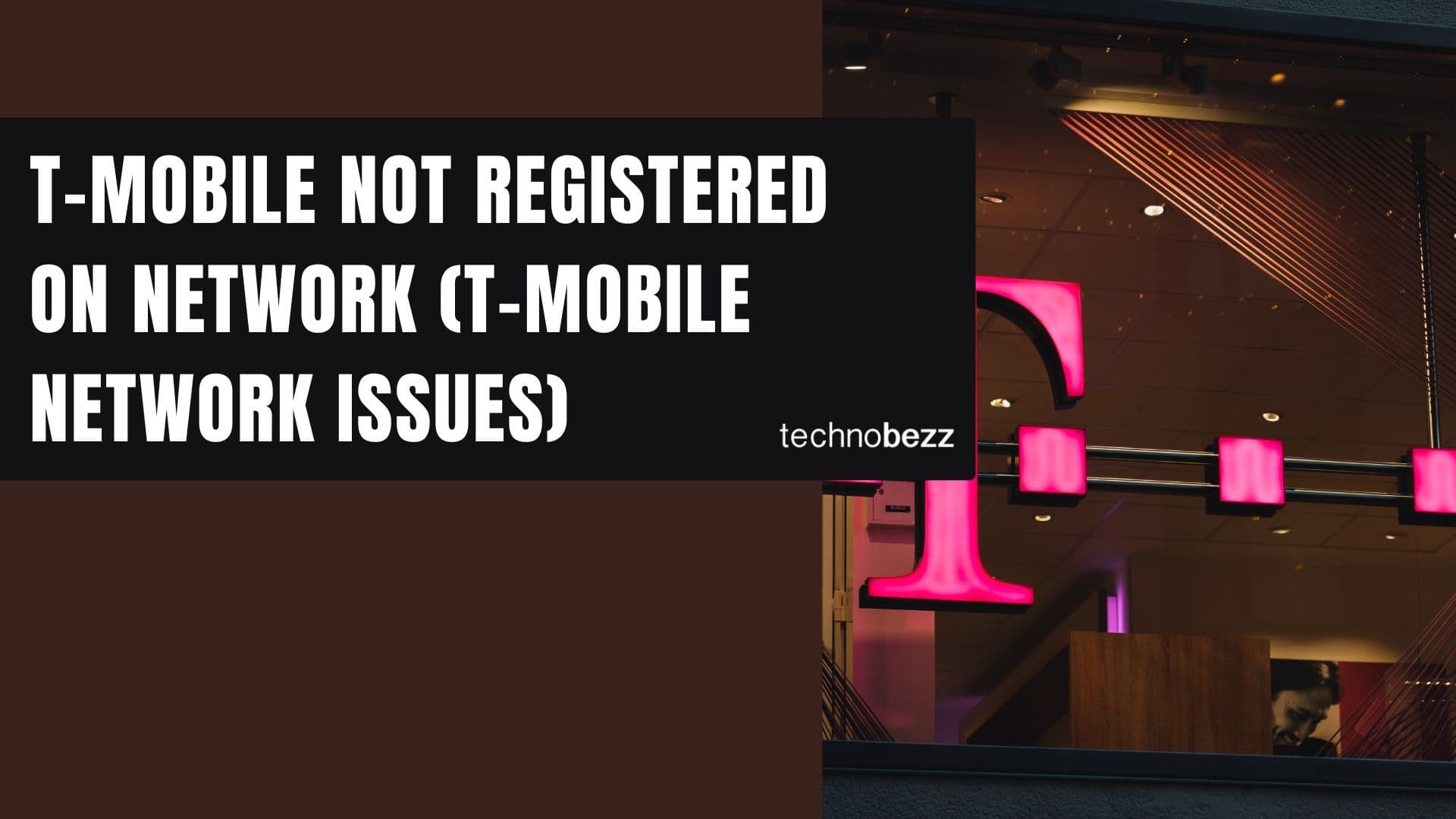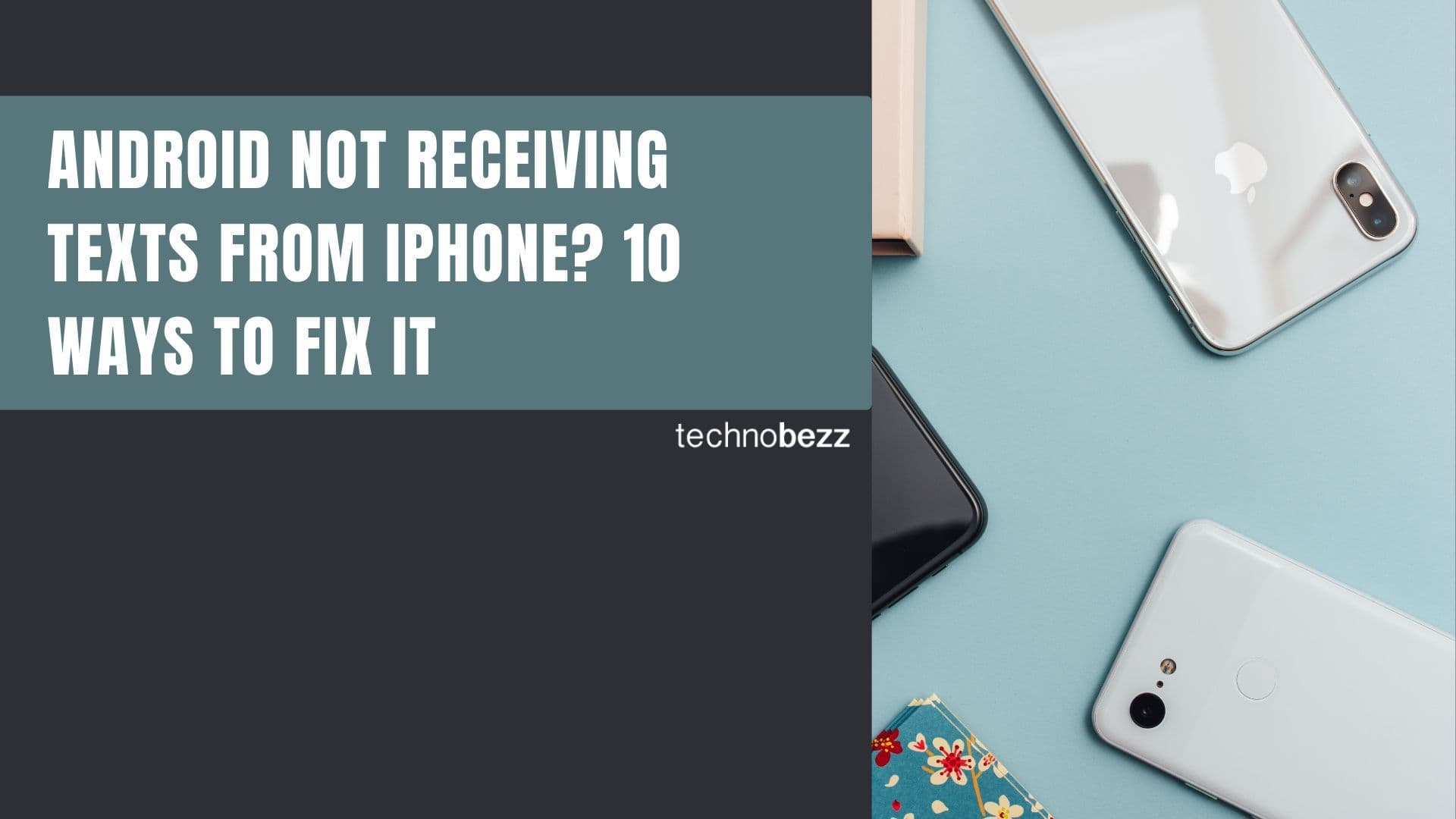Apple just wrapped up one of its most packed September events in years, and honestly, the company delivered on the hype. The star of Tuesday's "Awe Dropping" show was undoubtedly the iPhone Air, Apple's thinnest phone ever, but that was just the opening act. We also got four new iPhone models, a complete Apple Watch lineup refresh, and AirPods that can translate conversations in real time.
You can also set us as a preferred source in Google Search/News by clicking the button.
Let's break down everything Apple announced, because there's a lot to unpack.
The iPhone Air: Apple's Answer to "What If Phones Were Really Thin?"
The biggest surprise wasn't really a surprise at all, but seeing it in person still felt like a moment. The iPhone Air is just 5.6 millimeters thick, making it the thinnest iPhone Apple has ever made. For context, that's about half the thickness of a regular iPhone 17. The company says it "seems to disappear in your hands," which sounds like marketing speak until you realize they built the entire thing around a space-grade titanium frame.
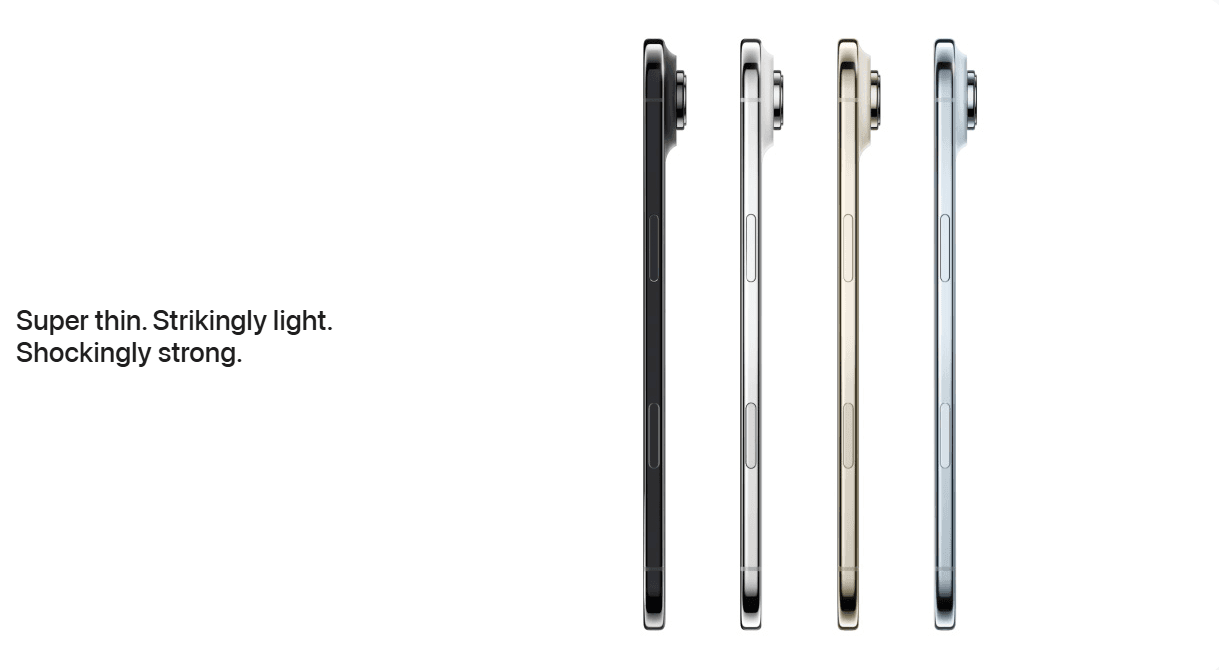
At $999, it slots right between the regular iPhone 17 and the Pro models, replacing the iPhone 16 Plus that apparently nobody was buying. The Air packs Apple's A19 Pro chip (yes, the Pro-level silicon) into that impossibly thin body, along with a 6.5-inch Super Retina XDR display with ProMotion. Battery life? Apple claims "all-day" performance despite the slim profile, thanks to what they're calling "adaptive battery mode" that learns your usage patterns.
The real question is whether people actually want a phone this thin. Foldables offer genuinely new use cases, but the Air is essentially a regular smartphone that happens to be really, really skinny. Still, Apple's betting that sometimes, pure aesthetic appeal is enough. The four color options (sky blue, light gold, cloud white, and space black) certainly don't hurt the case.
iPhone 17: The Regular Phone Gets Serious Upgrades
Don't sleep on the standard iPhone 17, because they loaded it with features that used to be Pro exclusives. The 6.3-inch display now has ProMotion with a 120Hz refresh rate, meaning smooth scrolling for everyone, not just Pro buyers. The screen is also brighter (3000 nits peak outdoor brightness) with what Apple calls Ceramic Shield 2, offering three times better scratch resistance than the previous generation.
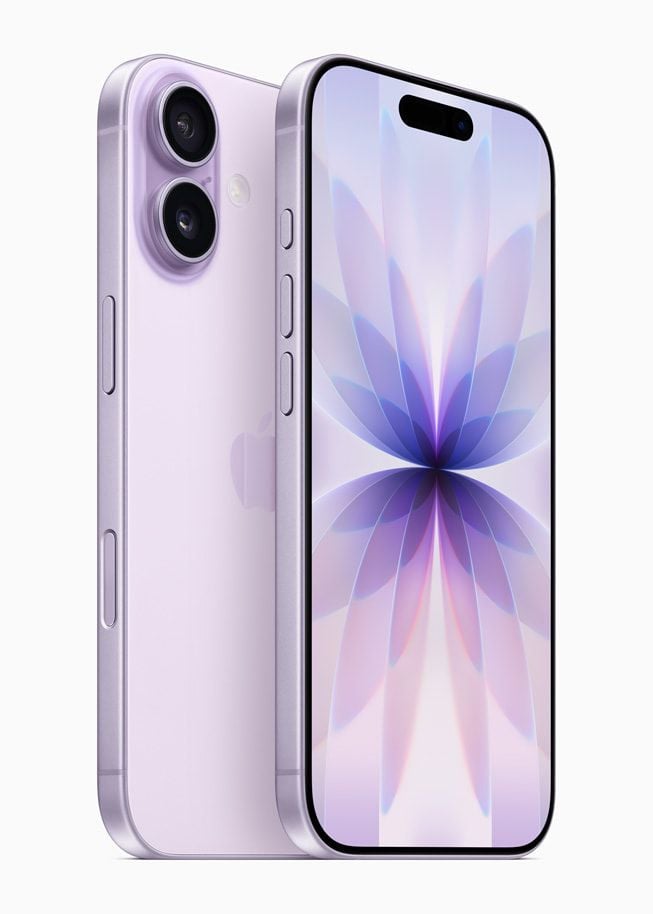
But the real star here is the new Center Stage front camera. This isn't just marketing fluff - Apple redesigned the entire front camera system with a square sensor that captures 18MP photos. The clever bit? You don't need to rotate your phone anymore for landscape selfies. The camera automatically adjusts orientation and can even expand the field of view for group shots using AI. During video calls, Center Stage keeps you centered in frame, and there's a new Dual Capture mode that records from both front and rear cameras simultaneously.
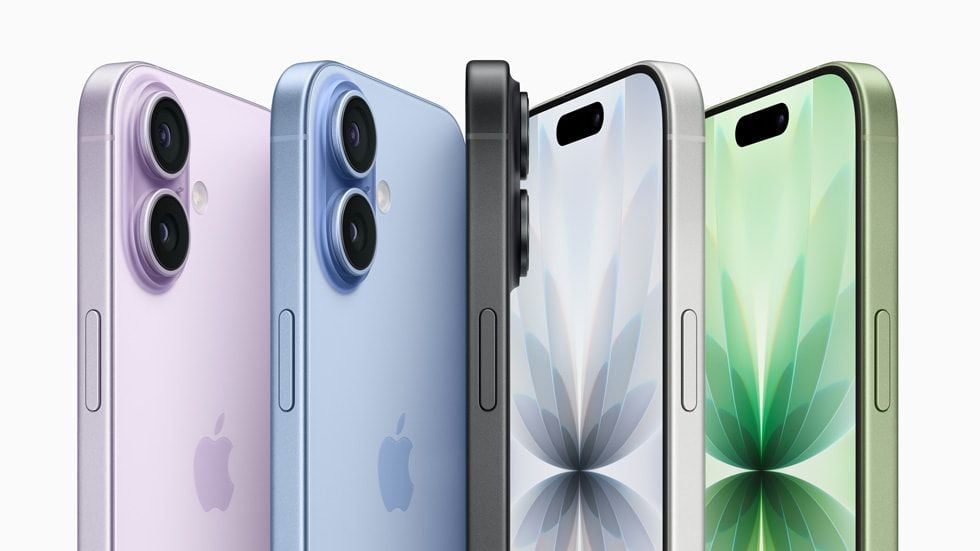
The rear camera system is now all-48MP across the board. The main Fusion camera includes an optical-quality 2x telephoto, while the new 48MP Ultra Wide captures four times the resolution of the previous generation. Next-generation Photographic Styles help customize your shots in real time, with better skin tone understanding and a new Bright style coming with iOS 26.
Starting at $799 with 256GB of storage (double the entry capacity from before), the iPhone 17 feels like Apple's attempt to future-proof the "regular" iPhone experience.
iPhone 17 Pro: Going Back to Aluminum (And Forward in Performance)
Here's a plot twist: after two generations of titanium Pro iPhones, Apple went back to aluminum for the iPhone 17 Pro and Pro Max. But this isn't regular aluminum - it's what Apple calls a "heat-forged aluminum unibody" designed to maximize performance, battery capacity, and heat dissipation. Paired with a new laser-welded vapor chamber, the thermal management enables up to 40% better sustained performance from the A19 Pro chip.
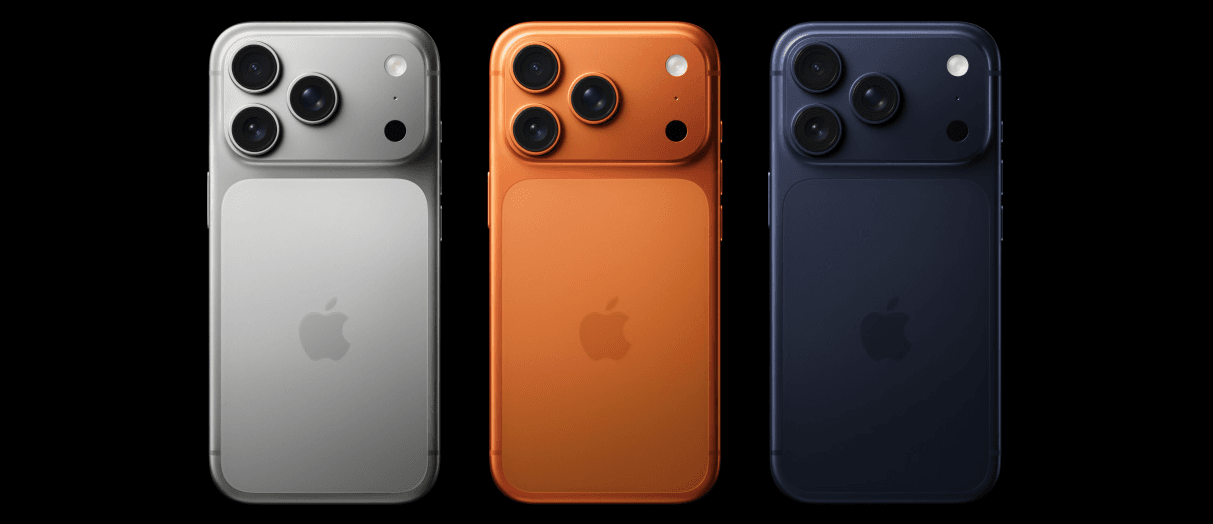
The camera system received the biggest upgrade, with all three rear cameras now hitting 48MP. The telephoto gets the most dramatic improvement: up to 8x optical-quality zoom at 200mm focal length, with a 56% larger sensor than before. Apple says it's like having eight pro lenses in your pocket, covering everything from macro to serious telephoto work.
Video capabilities got pro-level treatment too. The iPhone 17 Pro is the first smartphone to support ProRes RAW recording, plus it includes support for Apple Log 2, broadcast frame rates, and open gate recording. There's even genlock and time code support via the new Blackmagic Camera ProDock for Hollywood-level productions.
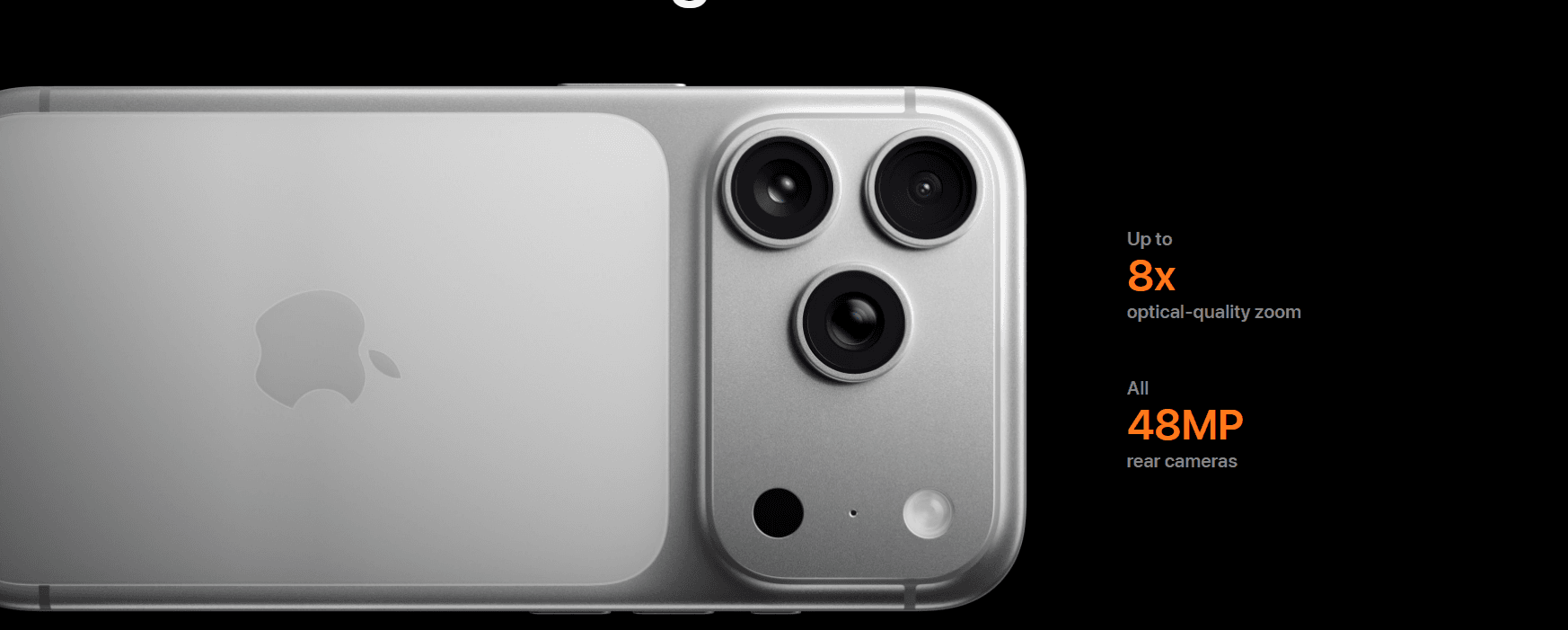
Battery life sees major improvements: up to 33 hours of video playback on the iPhone 17 Pro, and a whopping 39 hours on the Pro Max. The Pro starts at $1,099 (a $100 increase from last year), while the Pro Max holds steady at $1,199.
Apple Watch Series 11: Finally Monitoring Blood Pressure
Apple's wearable lineup got a complete refresh, with the Apple Watch Series 11 leading the charge. The standout health feature is blood pressure monitoring - the watch can now detect chronic high blood pressure by analyzing how your blood vessels respond over 30-day periods. Apple developed this algorithm based on medical studies with 100,000 participants, though they note it won't catch every instance of hypertension. FDA clearance is reportedly coming "soon."
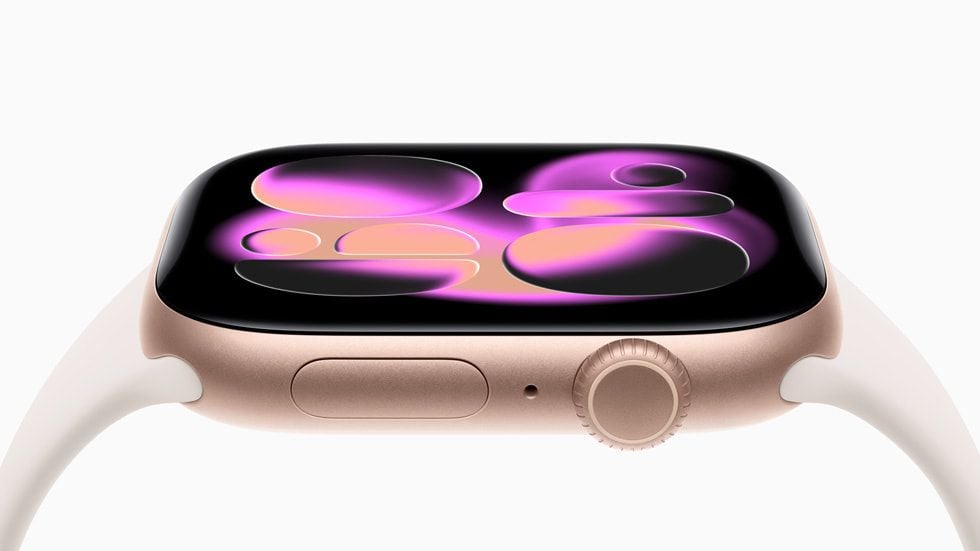
The Series 11 maintains its $399 starting price while adding 24-hour battery life, improved 5G connectivity, and what Apple calls their "thinnest and most comfortable watch" design. A new ceramic coating makes the display more scratch-resistant, while the new Liquid Glass interface brings iOS 26's visual flair to your wrist.
The Apple Watch Ultra 3 updates the adventure-focused model with improved satellite connectivity, enhanced 5G coverage, and display improvements, maintaining its $799 starting price. Even the Apple Watch SE got an update to SE3, keeping its budget-friendly $249 starting point.
AirPods Pro 3: Your Personal Translator
The most impressive demo of the day might have been Apple's new AirPods Pro 3 and their live translation capabilities. The earbuds can translate conversations in real time, understanding not just individual words but the meaning of entire phrases. When you need to respond, just speak naturally - your iPhone will translate your words into text or speech for the other person.
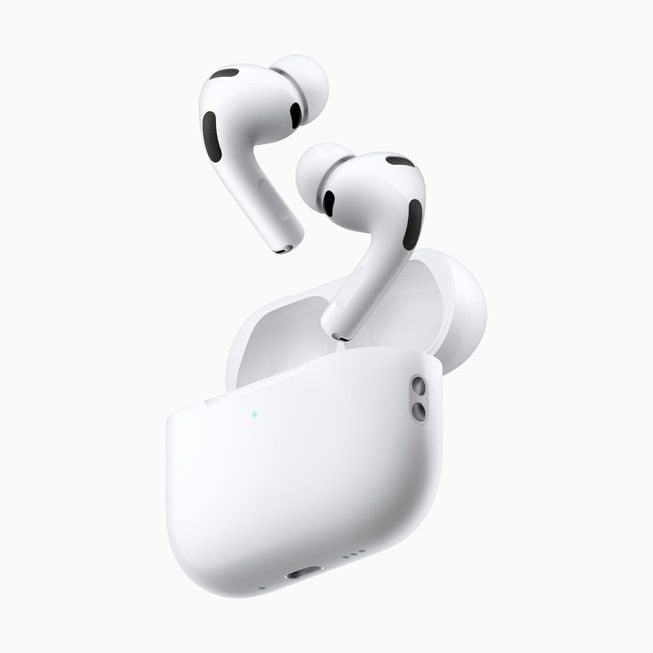
Beyond translation tricks, the Pro 3 offers improved spatial audio, better active noise cancellation (twice as good as the Pro 2), and longer battery life at eight hours per charge. They'll also monitor your heart rate and can start workouts directly from the earbuds. At $249, they match the previous generation's price while adding genuinely useful AI features.
iOS 26: Liquid Glass and Apple Intelligence
Apple's new mobile operating system introduces what they call Liquid Glass design - interfaces that reflect and refract content in real time, making everything feel more dynamic. The Lock Screen got particularly smart updates: the time adapts to your wallpaper photo, notifications stay out of your subject's way, and there's a new 3D effect when you move your phone.
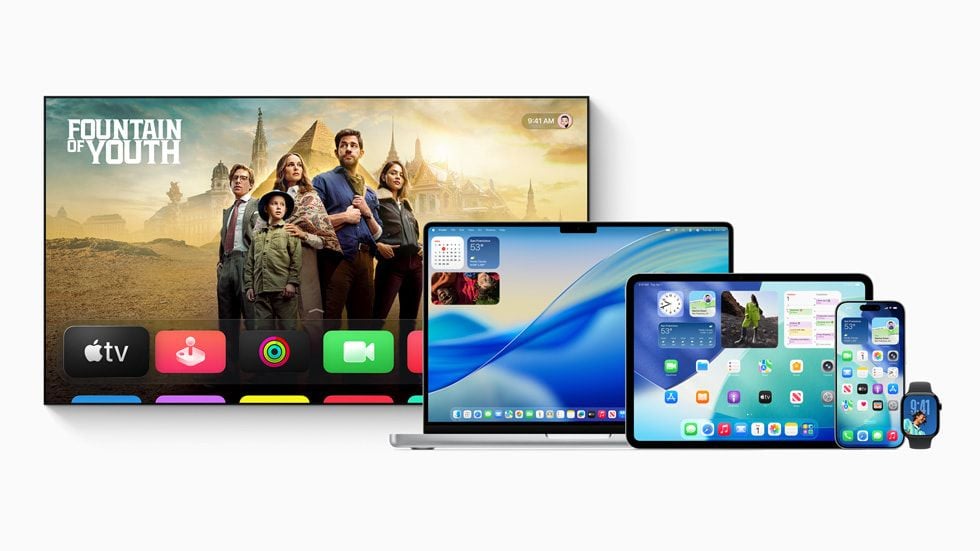
Apple Intelligence features are spreading across more languages and getting more capable. Live Translation works in Messages, FaceTime, and Phone calls. Visual Intelligence lets you screenshot anything on your phone and search or take action on it. Writing Tools help proofread and rewrite text with different tones, while Genmoji lets you create custom emoji by describing what you want.
New practical features include Call Screening (automatically answers unknown callers and gets their info before your phone rings), Hold Assist (keeps your spot in customer service queues), and Polls in Messages for group decision-making.
Apple's 2025 Strategy
Looking at everything together, Apple's 2025 iPhone strategy feels more focused than it has in years. The iPhone Air fills the design-forward premium slot without cannibalizing Pro sales. The regular iPhone 17 gets enough Pro features to satisfy most users. And the Pro models push into legitimate professional territory with video capabilities that rival dedicated cameras.
Pricing stayed mostly reasonable: the iPhone 17 holds at $799, the Air starts at $999, and only the Pro got a $100 bump to $1,099. With improved trade-in values (up to $700 for iPhone 13 and newer), Apple's making the upgrade path more affordable.
The real test will be whether consumers care about these improvements enough to upgrade. Phone replacement cycles keep stretching longer, and many of these features (while impressive) aren't necessarily compelling enough to drive immediate purchases. But as The Verge reported, Apple's clearly betting that design innovation (hello, iPhone Air) plus AI capabilities (translation, visual intelligence, improved photography) will be enough to keep the iPhone business growing.
Pre-orders start Friday, September 12, with devices hitting stores and doorsteps on September 19. iOS 26 arrives as a free update on September 15. Whether 2025 becomes the year of the iPhone Air or just another iterative update remains to be seen, but Apple certainly gave us plenty to think about.



